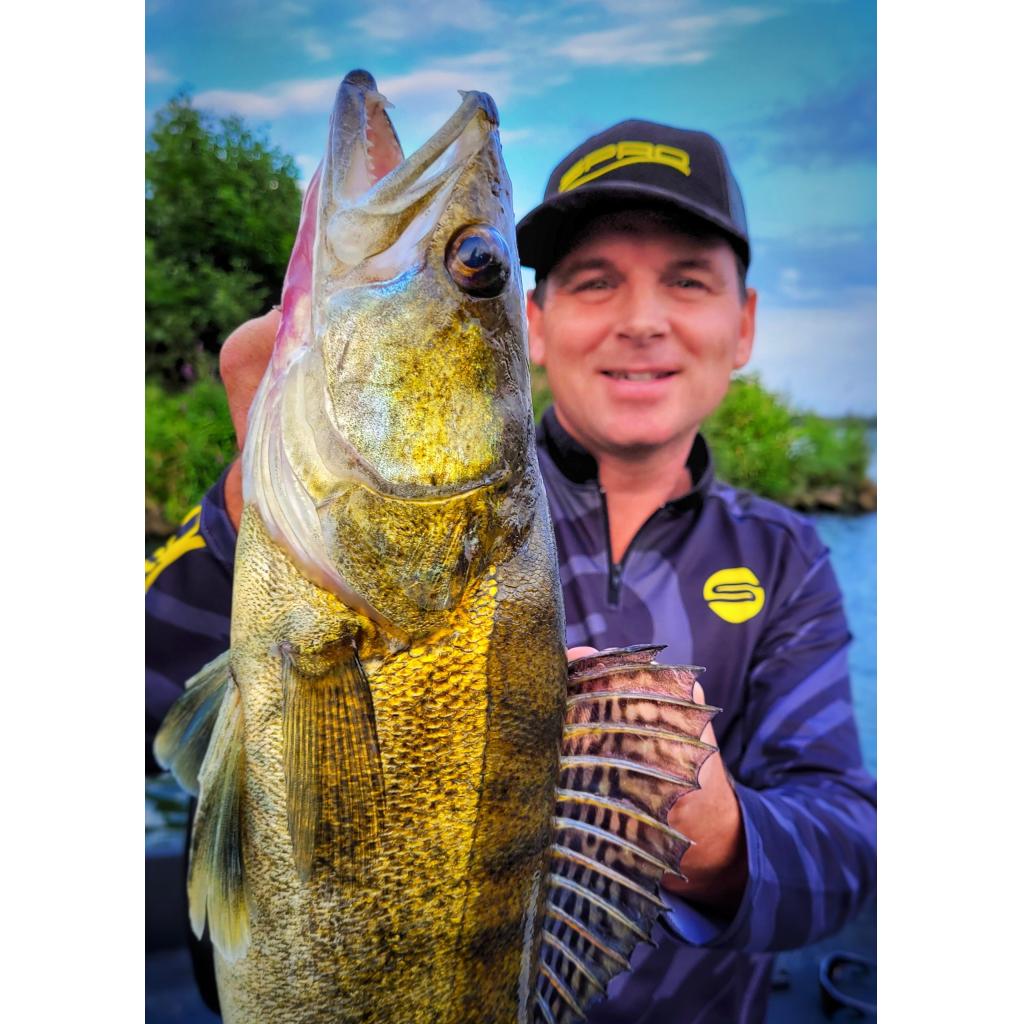Fishing for zander, often it’s talked about like it’s a simple thing to do. Soft lure, jighead, rod and catching fish! When it boils down to reality, there is a bit more involved than that. Don’t be scared, the basics are simple, but there are some key things to pay attention to. Hopefully this blog will offer you some grip, so nothing is in between you and your path to success!
Let’s start at the beginning, let’s assume you still have to buy a rod. What are important things to look for when you want to fish for zander from the bank? Of course it also depends on personal taste. One fisherman might enjoy a super fast rod, whilst another one prefers something a bit softer. However, you can point out some characteristics that will make up a good rod for zander fishing.
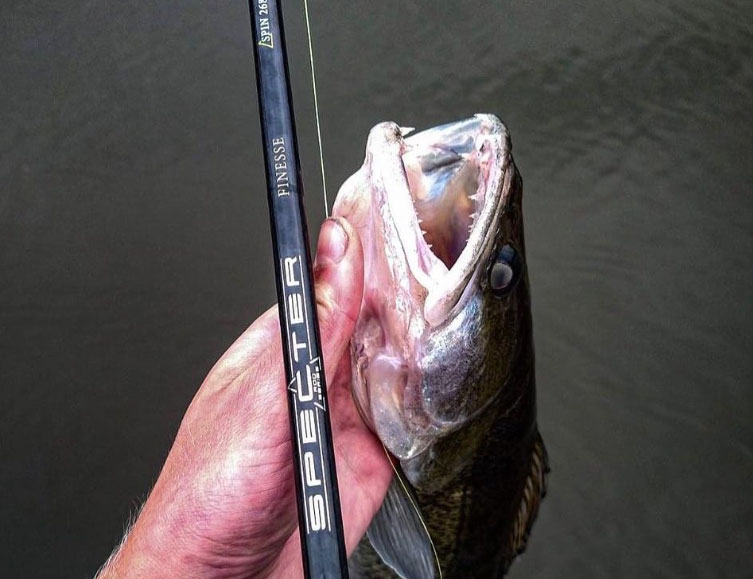
Back bone
Some back bone is never a bad thing. A rod which is too soft will wiggle too much, cast like rubbish and transmit bites poorly. A faster rod is better suited for this style of fishing. You can easily test this yourself, by taking the rod in your hand and sweep it through the air a couple of times. Whenever the blank is shaking and wobbling seconds after you stopped your movements, then the rod is no good for this style of fishing. If the rod bounces straight and stops moving almost immediately however… Then you’re onto something promising! A faster rod casts better, but most of all it transmits bites perfectly. Lengthwise you can think of anything in between 2,20m and 2,70m. The casting weight can vary, due to circumstances, from 10-30 up to 20-60 grams.
What do you look for in a new zander rod?
Sensitivity
Concerning the reel you can be less demanding. A model which runs smooth and is in a size 1000 up to 2500 is excellent. Always test if the drag works smooth and is easy to adjust. If all of this is the case, then you have a great reel for this style of fishing. The spool of your reel is preferably filled with a braided line. The advantage is that it doesn’t stretch which plays in the favour of the sensitivity. In the end with zander fishing it all comes down to being able to feel the bites. Such bites can be devastatingly hard, but they can just as well be ever so subtle. The best diameter for your line depends on the circumstances a bit, but is roughly in between 0,06mm and 0,10mm. Zander are notorious lovers of obstacles If you find groynes, rubble and bridges with some deeper water close? Then zander cannot be far away!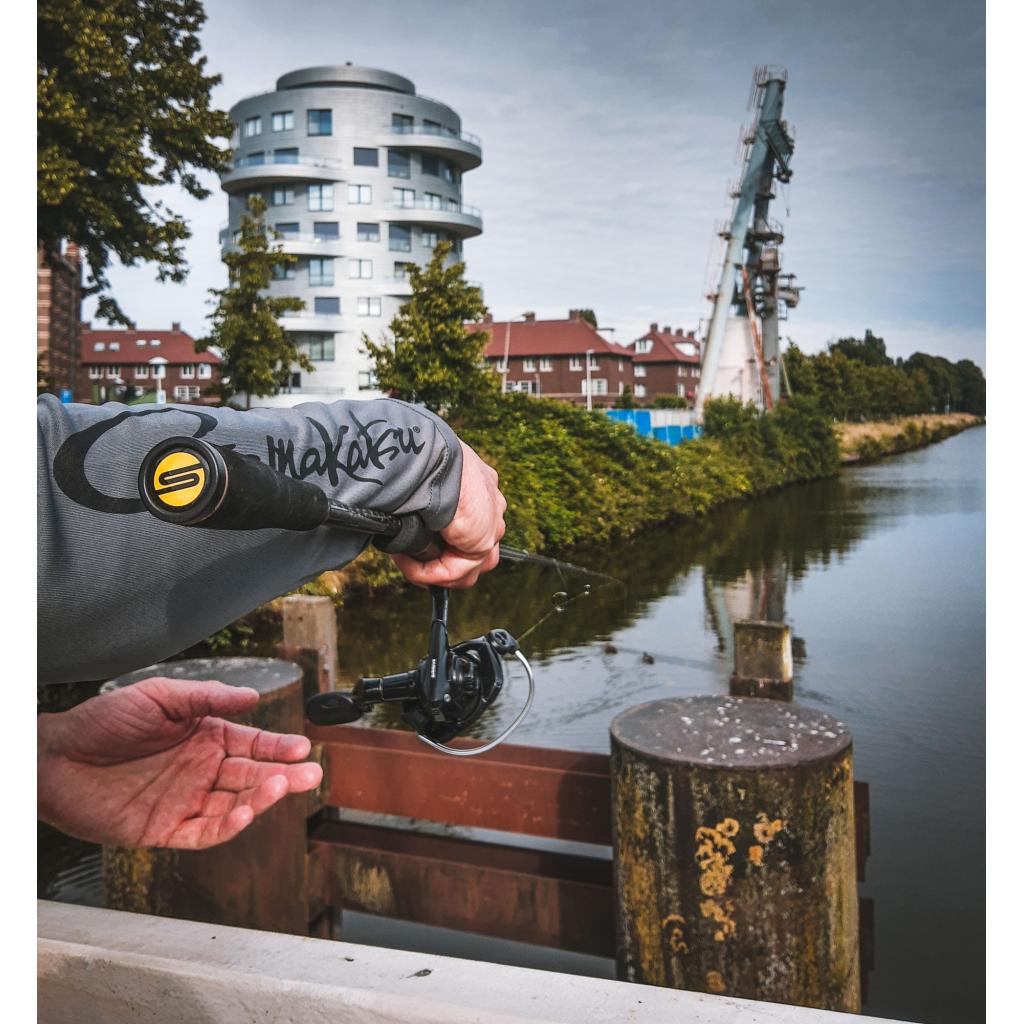
Zander proof
At the end of your mainline you’ll tie a leader. With fishing for zander often fluorocarbon is preferred in diameters from 0,22mm up to 0,40mm. This material offers some abrasion resistance and is near invisible under water. With the so called “Albrightknot” you can connect the main line and your fluorocarbon leader. The end of your leader is where your lure will be.
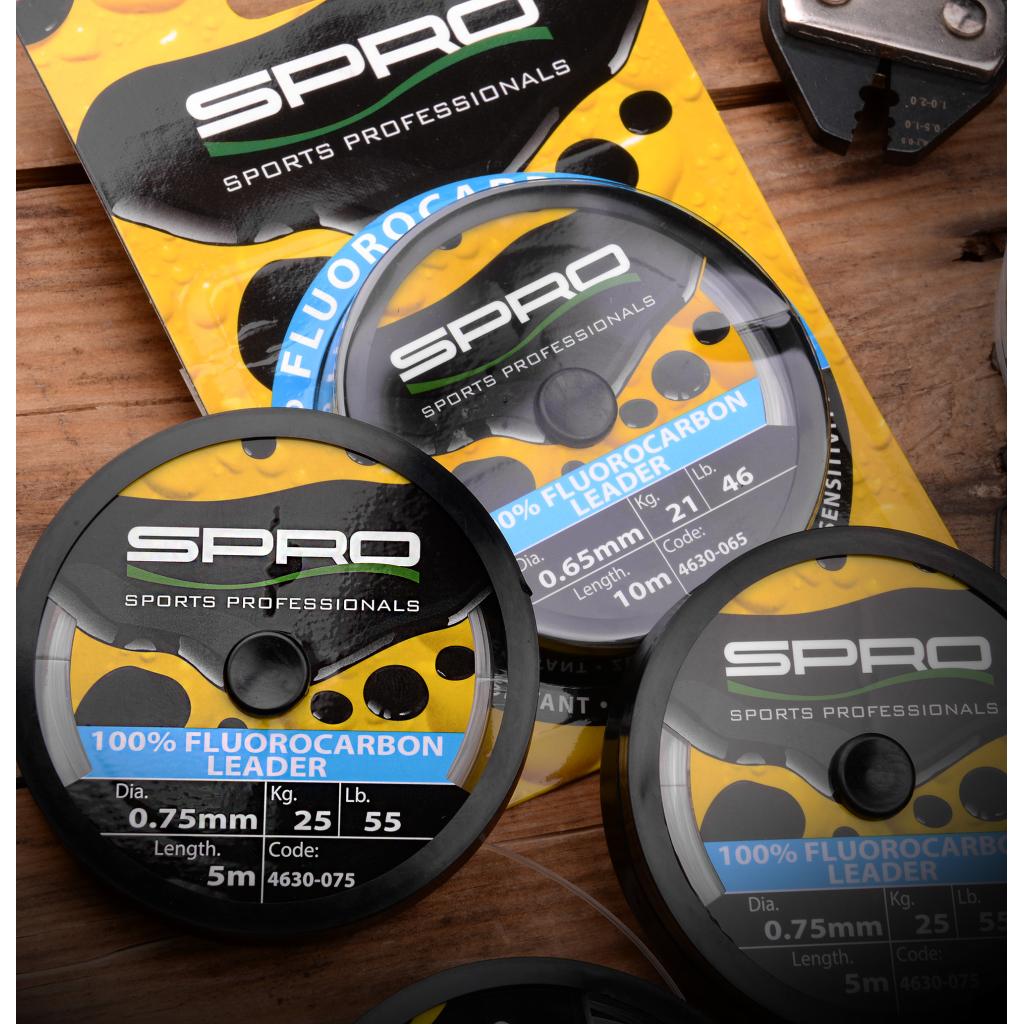
Of course you could just tie it on, but most people like to use a secure snap. This makes changing lures as easy as 1, 2, 3. Which is useful when fishing for picky zander! Besides fluorocarbon, 7×7 steel wire is also used as a leader material. In places that hold a lot of pike, this is a better choice. Fluorocarbon is only partially resistant agains the razor sharp teeth of pike.
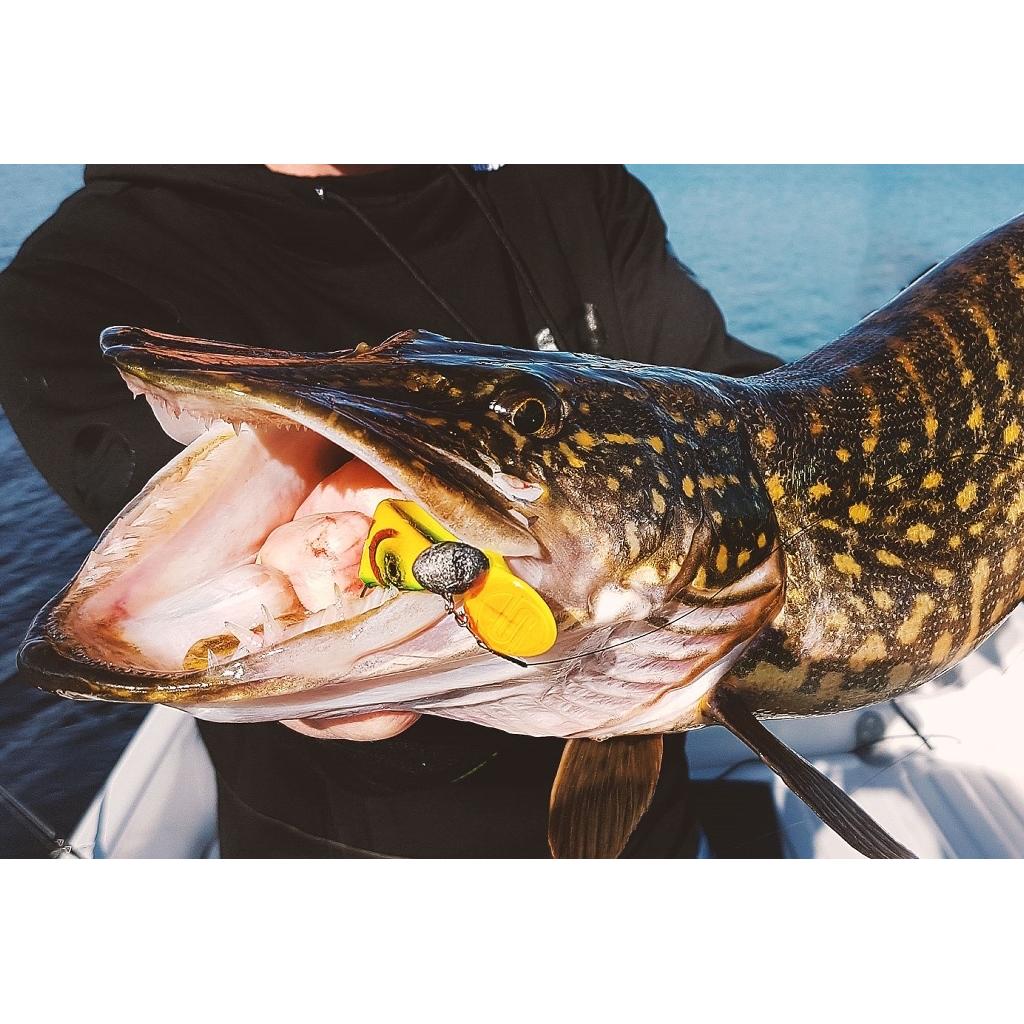
How heavy?
In the snap, or at the end of your leader you want to present a soft lure on a jighead. The first estimation you’ll have to make is how heavy the jighead needs to be. As a rule of thumb one could say: fish as light as possible, but as heavy as needed. You want to be able to present your lure close to and on the deck, in a way that puts you in full control. You want to feel everything.
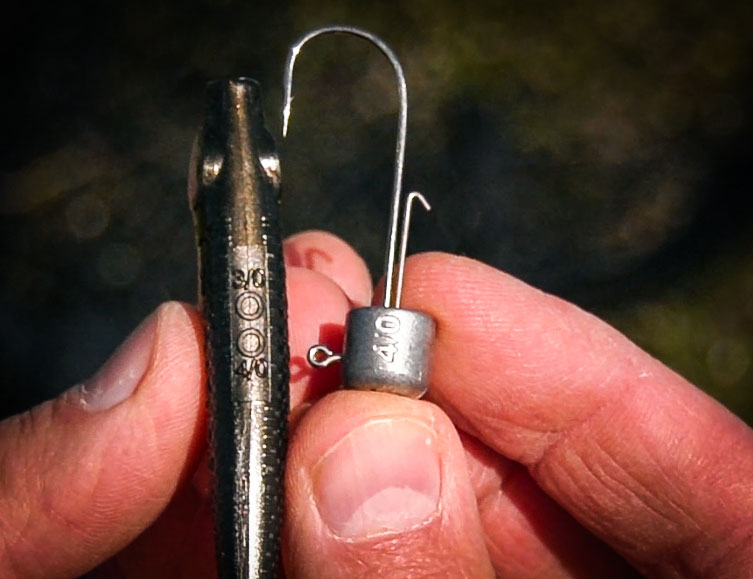
To do so, you need some sort of weight. In case of current it will be more than in still water. The same applies to deep in contrary to shallow water. Allright then, another rule of thumb: in stillwater with a depth of about 3 meters deep, in most cases you can present your lure perfectly with a jighead of 10 grams and keep in touch with the deck. Do you think you’re feeling not enough? Then fish a bit heavier! Have you got the feeling things are a bit too quick and easy? Then try a lighter jighead.
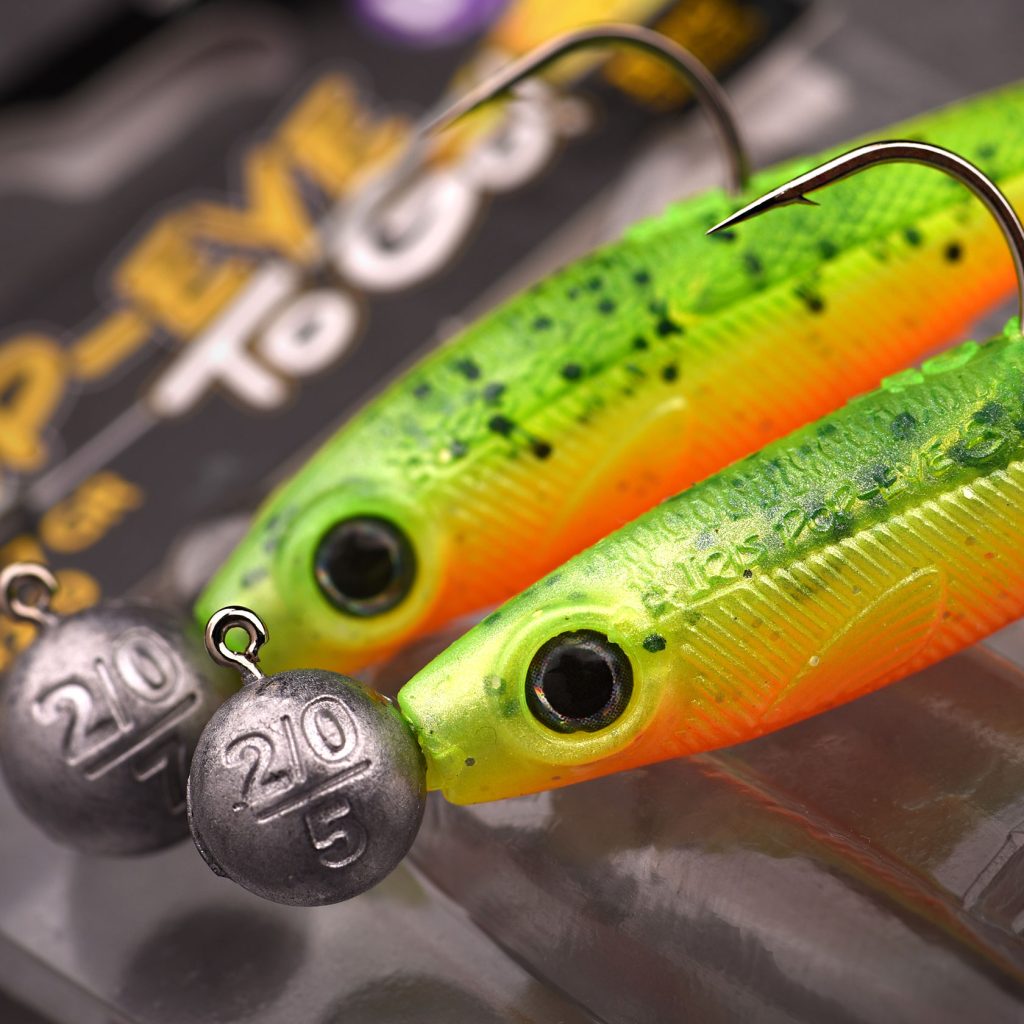
Technique
The technique that’s being used when fishing for zander looks like this: you cast your lure and close the bail arm of your reel and then you allow the lure to sink towards the deck. When the lure has reached the bottom you’ll feel a small tap on the rod tip. To check you can always hold your main line in between your thumb and index finger to feel for tension. When there is no tension you know the lure must have reached the deck. Then you can start to retrieve the lure. Wind one or a couple of times with your reel then wait untill the lure hits the bottom again.
Repeat the process until the lure is in front of your feet. Of course you can vary. A couple of faster winds, or slower once. Try to work our how the predators like it today. In general bites come during the sink, shortly after winding. When you wait for your lure to hit the deck.
The nicest bites are not to be missed, they can feel like a scuba diver yanks your lure under water. Sometimes bites can be really careful too, so pay attention! It’s better to strike once too many, than too few. Whenever you feel something, try to set the hook hard.

Soft baits
There are soft baits with a paddle tail, with a v-tail, with a twister tail or so called creature baits. How do you select the right ones? Which are usable in which situation? In any case it is a good idea to have a little of everything, to make sure you never miss out. Often in the summer the lure may swim a bit more active then in winter.
In warmer water it’s okay to use soft lures that create some commotion; a lure with a big paddle tail is often a great choice. The opposite is true in the winter. Then a slow and more subtle approach with creature baits or lures with a v-tail often work better.
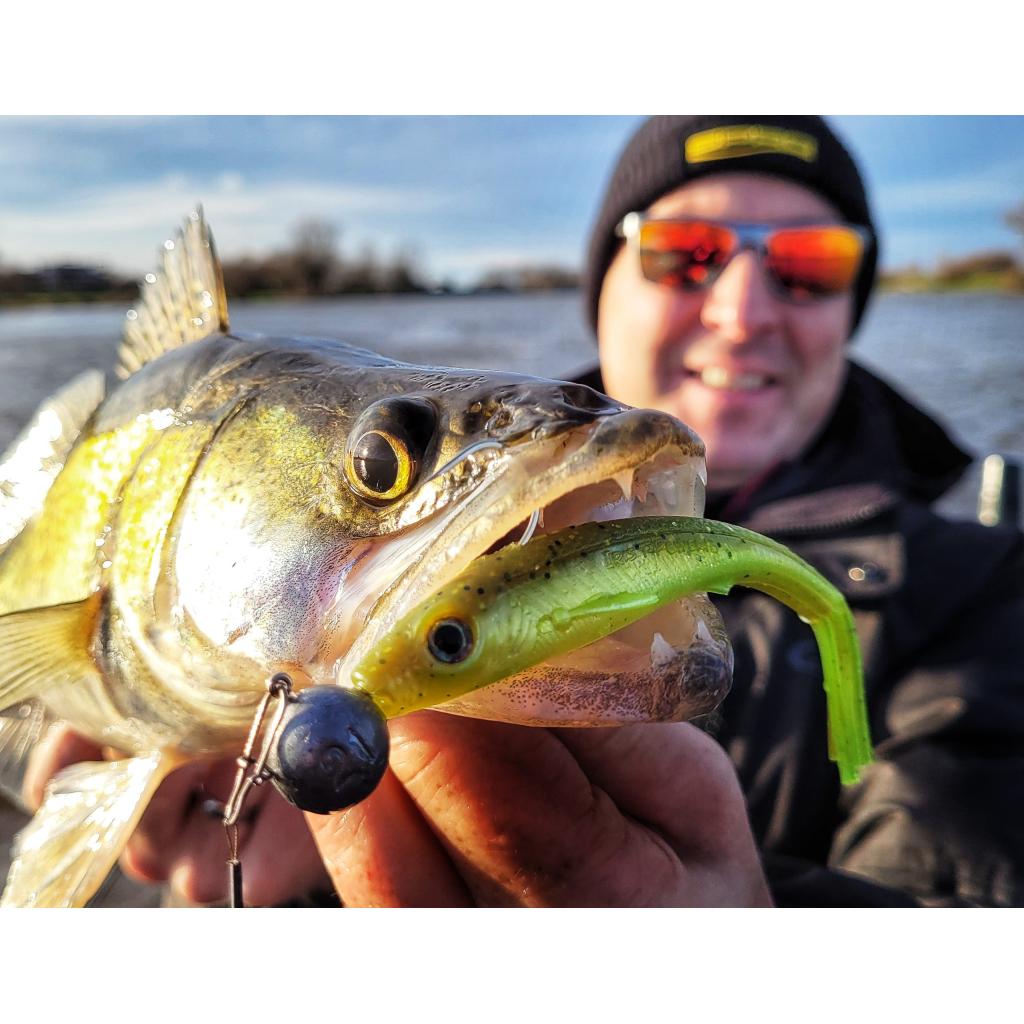
Who looks at the tacklebox of a general zander fisherman will notice a outstanding preference for chartreuse/green soft lures. There is a reason for this. Often this colour works really well for zander. But still it doesn’t work all the time, or on any water. That’s why it’s nice to be able to switch. In general one could say in murky water brighter colours attract more attention of zander and in clear water more natural colours are favoured.
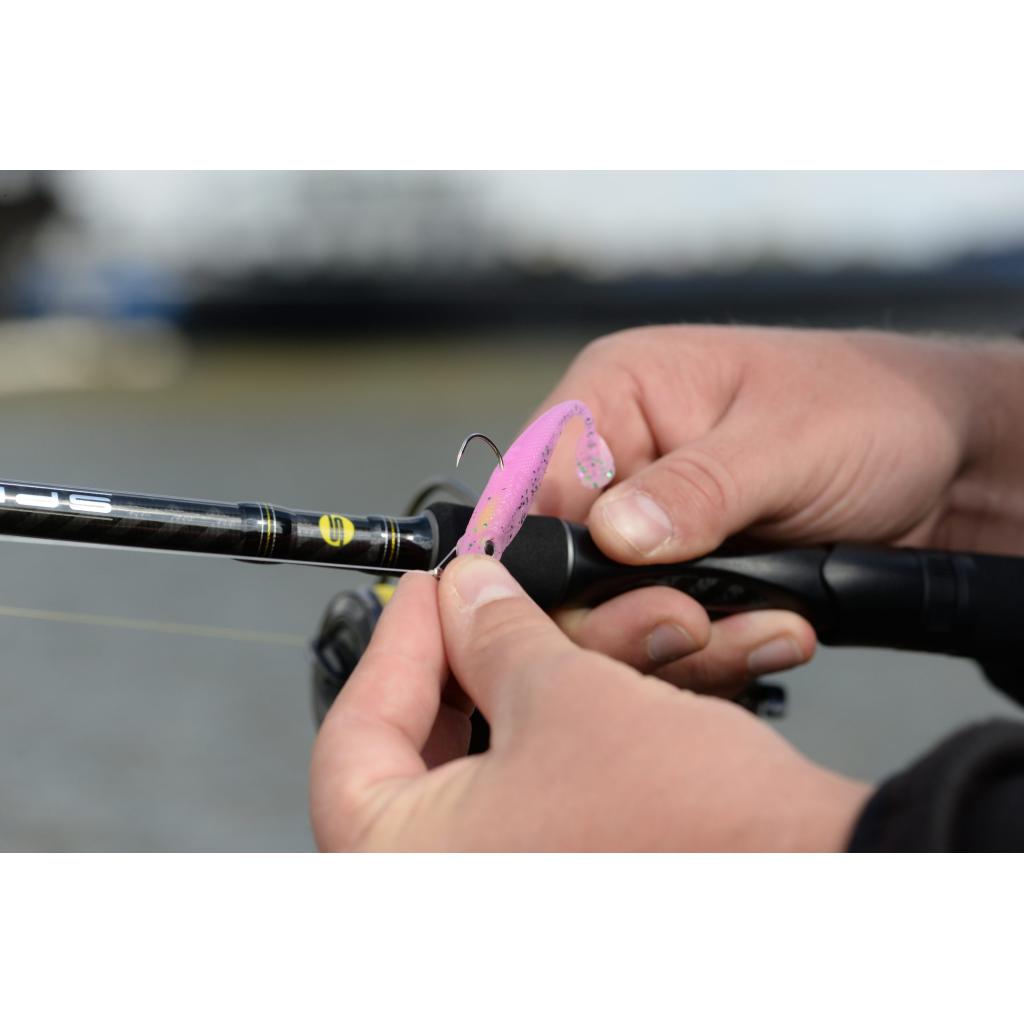
Spot choice
Fish the right lure, with the right colour on the right jig head, but in the wrong place and you still won’t catch anything. Where can you expect zander? First of all it’s good to know zander don’t like light. In murky water, bigger depths or other spots where he can chill in the shadow is where zander feels at home. Furthermore zander is a fish that likes some structure. Steep ridges, bridges, rubble, poles, tunnels all of these are spots where zander could be expected and therefore deserve some extra attention.
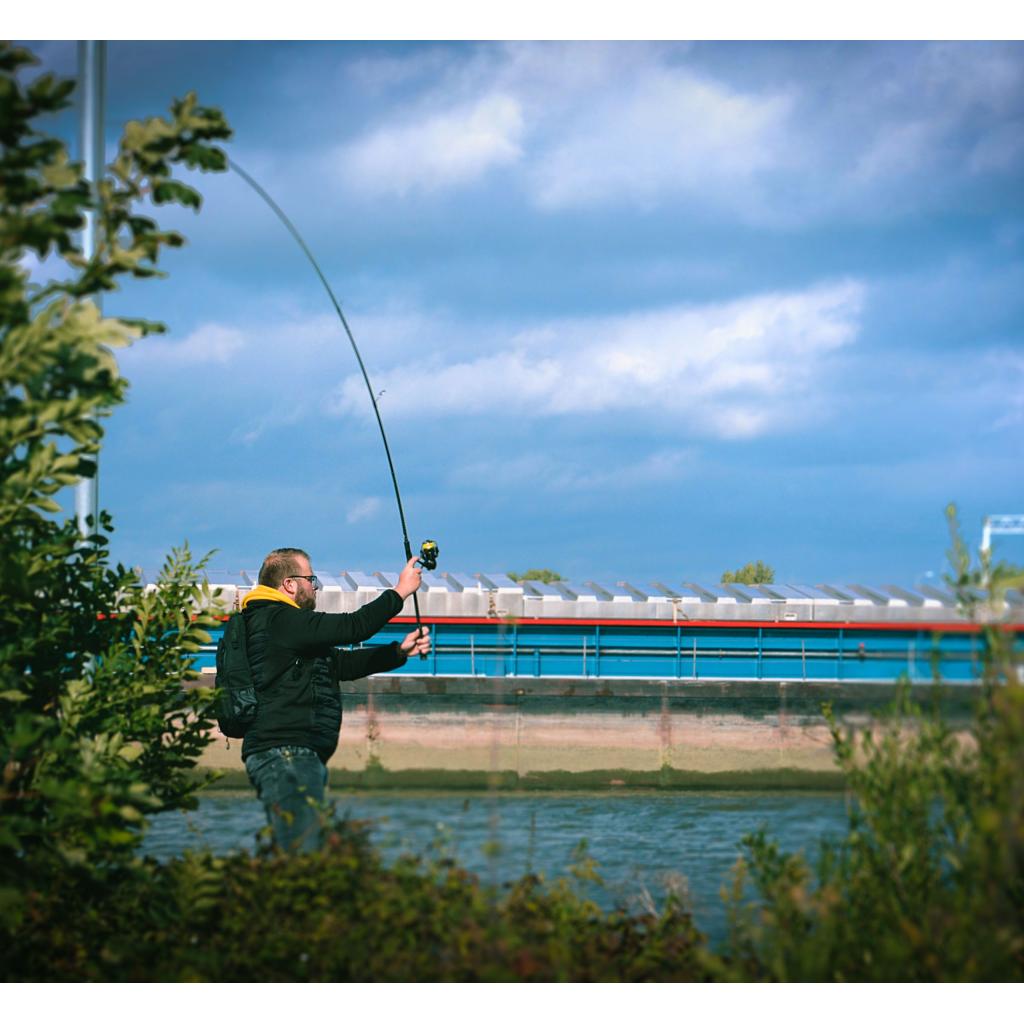
Wellbeing
Before you run out fully loaded with enthusiasm to go and catch your zander; please think about the wellbeing of the fish too! It can occur that a zander is hooked a bit deeper in the mouth. That’s why long and skinny pliers are essential. Do you fish from a height? Surely bring a net with a longer handle, or a dropnet. In case of a hard floor, a light weight unhooking mat is a must too. This way these beautiful predators can be returned without any harm, so you can catch that fish again in a couple of years when it grew to be your dream fish!
Good luck!
